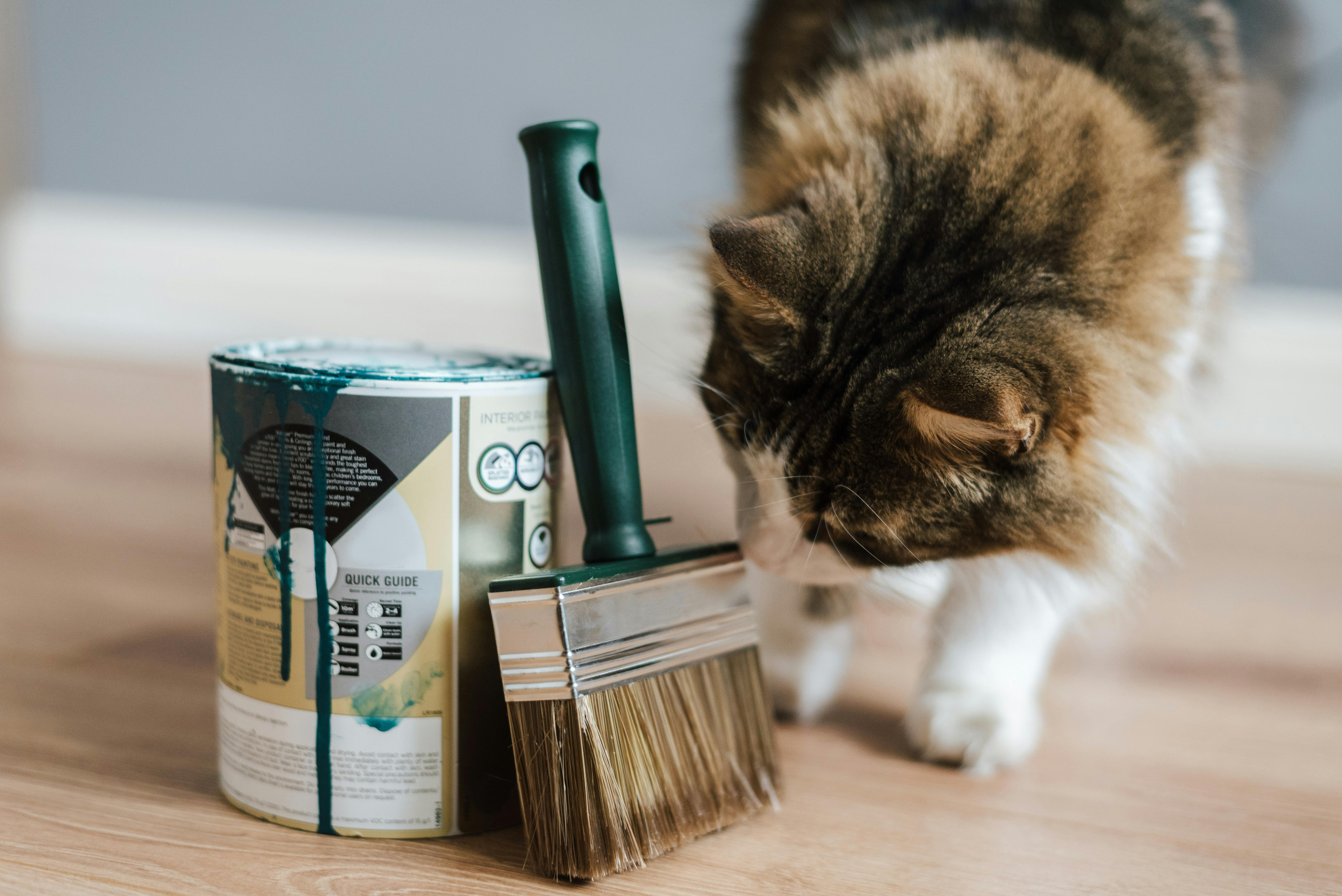A Beginner’s Guide to Oriental Rugs
My love for oriental rugs began as a teenager in high school. I used to help my father with his upholstery moving furniture for his clients. Many of these customers had beautiful oriental rugs in their homes and I soon began collecting them myself. By the age of 20, I had opened my own rug shop and have been buying, selling, cleaning and appraising rugs ever since. My clients mean a lot to me and I hate to see people get a bad deal by investing in an oriental rug. This guide is meant to help you on your journey to find the perfect oriental rug for your home without overpaying or getting ripped off.
The story of a client
Years ago, I sold one of my rugs to another rug dealer in the area. Several months later, one of my clients came in with the same rug for cleaning. I told him that he had recently sold that rug to another dealer. His home decorator had taken her to that rug dealer to find a new rug for his home. This rug dealer sold you the rug for $3,000. I only asked for $1500 when I was in my store. Although this experience was unfortunate for my client who said he would never go back to that dealer, I use it as a lesson to tell people how important it is to do their research before investing in an oriental rug.
Don’t be fooled by “Go Out of Business” signs
On my way to and from work, I pass another oriental rug store. For the past three years, they have had the same “Out of Business,” “Liquidation,” and “Everything MUST Go” signs hung in their store windows. They obviously aren’t going to close or those signs would have been gone two years ago! When you see signs like these for more than a few months, they should serve as red flags. These sellers will try to entice you with “discount prices” and claim that you are getting the best deal because they have to get rid of their items. this is false. Oriental rugs are an investment and unless you are experienced and have done your research, you should be careful when buying from stores like these.
So how do you know if an oriental rug is truly “handmade”?
It can be difficult for a beginner to tell if they are looking at a handmade or machine-made rug. Here are some tips you can follow that will help you make the distinction.
Follow this step-by-step guide to determine if you have a handmade piece or a machine-made rug.
Steps
1. Look at the back of the rug for the weave. Look for white, red, or blue horizontal (towards the edge) lines of foundation threads. These threads are called western threads. You may see partial wefts that go only an inch or so and then are covered by the yarn knots, but it is important that these threads are horizontal to the fringe. Sometimes the horizontal threads run from one side (joined edge) of the rug to the other side. The horizontal row of weaving may not be perfectly straight.
2. Look for irregularities in the colored knots on the back of the rug. You may see some areas slightly thicker than others.
3. Now look at the front of the rug. Look at the design carefully. In very rare cases, the design will be exactly the same size and shape from one end of the rug to the opposite end. This is especially true of older oriental rugs.
4. You may notice slight color changes by making thick or thin streaks in the rug. This is due to the change in dye of the wool when weaving the rug and how the color of the wool ages with light and atmosphere. These color changes are commonly found in the background color of the rug. These color changes called “abrasion” are common and do not detract from the rug’s value.
5. Sometimes there is a fabric tag sewn into a corner of the rug that says “Made in Iran” or “Made in India.” You can be relatively sure that this rug is handmade.
6. Handmade rugs are almost always woven from wool. Machine-made rugs are often made with a type of nylon or polyester pile.
7. Machine-made rugs are often made with a type of nylon or polyester pile and usually have a very even weave. On the back of the rug, you may see white woven threads running from one end of the fringe to the other, or you may not see white threads at all. There are generally no irregularities in the weave or pattern, nor will you find abrasions in the color of the rug.
What size area rug are you looking for?
Another idea to keep in mind is the size of the rug you are looking for to complete your room. Follow these simple tips to choose a rug size for the look you’re trying to achieve.
When choosing a rug for a living room, sometimes the customer places the front legs of the sofa on the rug and places the occasional chairs completely on the rug.
A standard area rug size to fit a room is to leave 1 foot. (~0.3048 m) of floor showing all around the mat. Of course, if you have a larger open-plan room, then the rug should position the furniture in the space alone.
The size of the rug is more important when buying for a dining room. To protect the edges of the rug, you need to measure how far the chairs will be pulled out when the diner is sitting down. You don’t want the chair legs to catch on the edges of the rug. Constant scraping of the edges of your meat-heavy carpet will soon cause damage.
If you’re buying a rug as a feature in your room, perhaps to put under a coffee table, then you’ll want at least 8 inches. (~20 cm) of rug to make it visible around the table.
What to do with your new oriental rug
Once you purchase your rug, you may decide to use it as a wall hanging, which is not uncommon. There are several different methods to hang an oriental rug on a wall. My favorite method is to use one or more tack strips which can be found at most major hardware stores for only a few dollars for several feet. Many other methods require making a semi-permanent change to the rug, such as sewing loops of fabric to the back of the rug and weaving a pole through it that hangs from wall-mounted hooks, or sewing Velcro to the back of the carpet that is glued. to more velcro glued on the wall. These methods work, but they involve a little more work than necessary. Adhesive strips are most commonly used during carpet installation, but this is another very clever way to use them. Follow this step-by-step guide to hanging a rug on a wall.
Steps
1. Decide if you want your rug to hang freely (this uses a tack strip across the top and creates a slight rippling effect) or if you want it to be fully secured to the wall from each side (this uses a tack strip along the bottom). along each edge of the mat and there is no rippling effect). If you want your rug to hang freely, measure the width of the top of the rug that you want to hang. If you want to secure it on all sides, measure the top, bottom, and both sides as well. Get this length measured in strips of tacks.
2. Cover the adhesive strip(s) with clear coat or paint and allow to dry. This ensures that no acid from the wood tack strips can damage the back of the rug once it’s hung.
3. Using a level to make sure the tack strip is straight, hold the strip where the top of the rug will hang and hammer nails along the tack strip (if you are hanging a heavy rug, these nails should line up with the studs behind the carpet). wall that can be found using a “stud finder”). If you are securing it from each side, repeat this process for the remaining tack strips, making sure to measure where each one should go.
4. Lift the rug up to the top strip and press it firmly against the strip (with the help of a second person if it is heavy). Use two or three upholstery nails to secure each corner of the rug (and possibly the middle if you like) by driving them through the rug and into the mounted tack strip. Upholstery nails are both functional and decorative as they secure the carpet to the tack strip and tend to look very fancy depending on which nails you choose to use. If you secure each edge, repeat for the other three edges by doing the sides first and doing the bottom last.
Notes on hanging a rug on a wall:
Take care when handling the tack strips. The thumbtacks only stick out a half inch or so, but they are very sharp!



Recent Comments